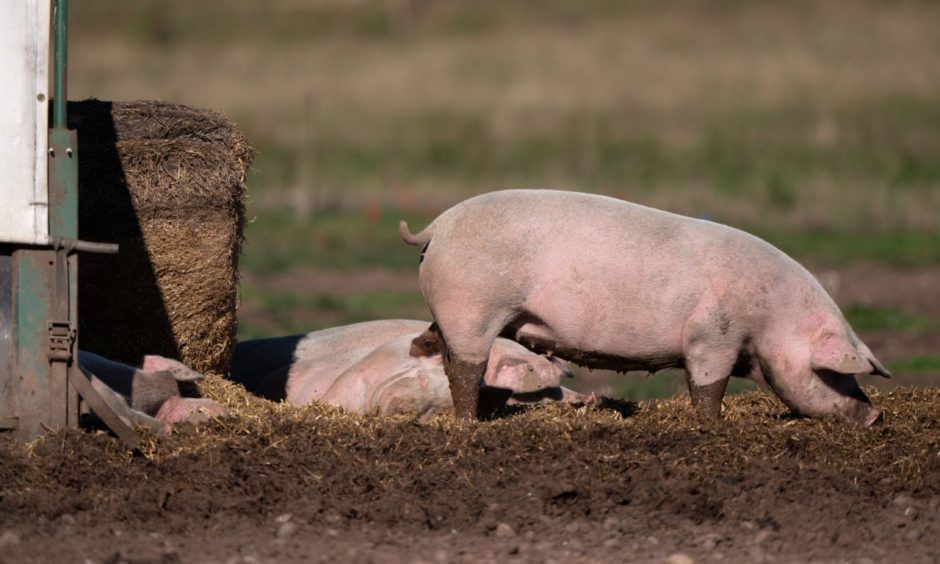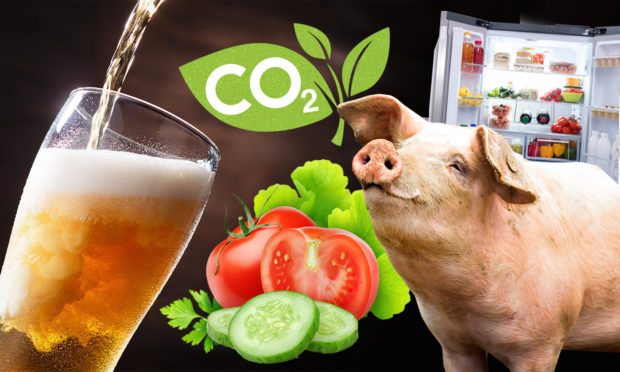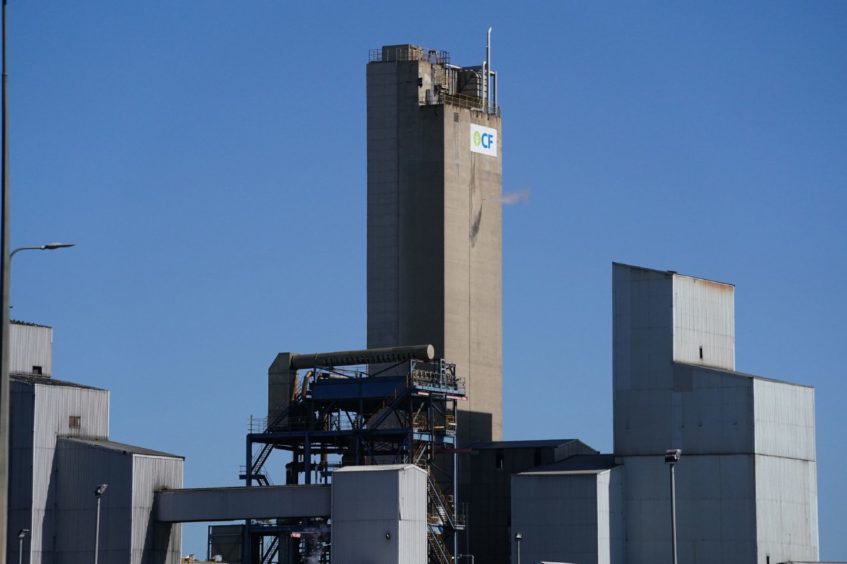There have been reports recently over a large decline in CO2 levels within the food and drink industry with the shortage expected to have a wider impact across all sections of the food and drink industry.
Used in every part of the process, from the production of poultry and pork products, to refrigeration units, to the transporting of food to supermarkets, CO2 is one of the most important elements in food and drink production.
Reports also claim that, as a result, Christmas could be cancelled this year.
How did the shortage happen?
There are several factors at play but it all stems from the sharp rise in natural gas prices. Most of the UK’s industries are feeling the hit as well as homeowners who need gas to heat their homes.
The UK makes its own CO2 with five fertiliser factories in England being the main producers, who create it as a by-product.
Two of these factories, one in Teeside and one in Cheshire, both owned by CF fertilisers, decided to stop operations earlier in the week in protest against the rising cost of gas. Between the two, they make 60% of the nation’s CO2, so with them out of action the UK’s supply is running low.
It comes at a time when the food and drink industry is already facing delays and shortages due to a lack of HGV drivers, the “pingdemic” and increased importing costs from Brexit.
Is there a solution?
On Tuesday afternoon, there was an announcement that one of the closed factories, Billingham in Teeside, has since emerged from government negotiations and has decided to resume its operations.
This means that more CO2 can start being produced and sent out to the industries that need it the most. Reports also say that there is going to be enough CO2 produced at the Teeside factory to avert the food shortage that had been shrouding the industry in darkness the past few days.

It’s a significant relief for the food, drink and farming industries, which heavily rely on the gas, as well as the NHS, which uses CO2 in some medical equipment.
Meanwhile, UK business secretary Kwasi Kwarteng says the deal with the re-opened factory is time limited to “avoid disruption” in the lead up to Christmas.
This is time-limited support to quickly kick-start production and avoid disruption
Food producers, trade bodies and supermarkets are all committed to doing whatever it takes to move to a longer-term, market-based solution
— Kwasi Kwarteng (@KwasiKwarteng) September 21, 2021
How is CO2 used in the food and drink industry?
- Used in slaughtering of livestock, including pigs, chickens and turkeys
- Increases shelf life of food by preventing bacteria, including fresh meat, baby food, baked products and fresh food
- Vital to refrigeration systems – so affects anything that needs to be in the fridge
- Vital to pubs and bars that have drinks “on tap” as it is used in the drink dispensing process
- Adding fizziness to drinks, including beers, soft drinks and other carbonated alcoholic drinks
- Used in commercial greenhouses to help with growing of plants and crops such as cucumbers, tomatoes or lettuce to boost photosynthesis levels
- Keeps food fresh in transport through dry ice, snow and refrigeration processes
What impact could this have had?
Despite the processes mentioned above not being able to take place, it also potentially meant that for the everyday consumer there could have been a shortage of food and drink on our supermarket shelves, including Coke and Pepsi, chicken and bacon.
Experts warn that this could have had a knock-on effect right up to Christmas, with turkey production one of the areas likely to have been most affected by the shortage.
Chiefs such as James Withers from Scotland Food and Drink wrote a series of Tweets on how much the industry relies on the gas to function, including decaffeinating coffee and canning food.
🥗 Sealing fresh food packages to boost shelf life (& reduce waste);
🚛 Dry ice for keeping products chilled in transit;
❄️Freezing or chilling of food products;
☕️ Taking caffeine out of coffee;
🥫Helping to get air out of canned food.
But CO2 isn’t just for food production…— James Withers (@scotfoodjames) September 20, 2021
Meanwhile, the chief executive of the Food and Drink Federation said on Tuesday that more needed to be done to address shortages in the industry.
On BBC Radio 4’s Today programme he said: “We have been saying for several weeks now that the just-in-time system which underpins both our supermarkets and our hospitality industry is under the most strain it has ever been in the 40 years it has been there.
“It is a real crisis.”

